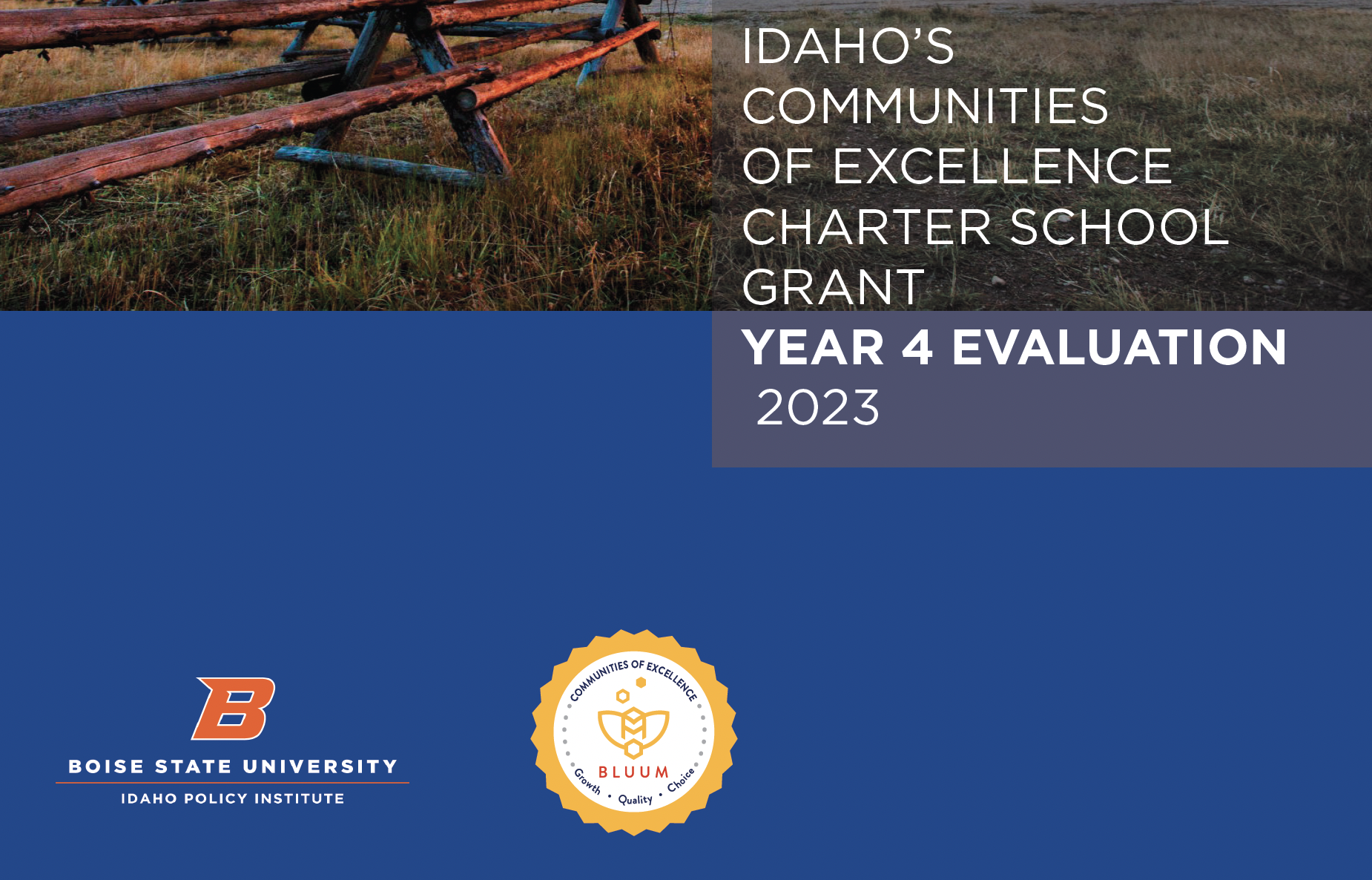
Idaho’s Education Earnings Gap
New Research from the Thomas B. Fordham Institute and John V. Winters, PhD
Download the Full Report | Listen to On-Air Analysis | Read the National Report
Foreword by Terry Ryan
“Education pays.” This well-worn adage certainly applies to Idaho. According to Professor Winters in this new report by the Thomas B. Fordham Institute, the mean earnings differential between an Idahoan with just a high school diploma and one with a bachelor’s degree is about $32,000 a year. This disparity is even greater for residents of the Boise metro area,where workers holding just a high school diploma earn $37,780 less per year on average than college graduates.
Worries about the growing income gap between our college-educated residents and our high school graduates are not new. This gap has been at the center of a number of reports and public policy efforts for years. In 2012, Idaho set a goal to have 60 percent of our high school graduates “go on” to some form of post-secondary education. Yet only about 41 percent of our high school graduates actually do pursue education after high school. Even fewer ultimately earn a college degree. According to a Brookings Institute report from May of 2019, “Among Idaho’s 18-24 year-olds, 6.6 percent have a college degree compared to 10.5 percent for the entire country.”1
Bluum’s interest in this work is around what K-12 education can do differently in Idaho to try to close the earnings gap between those with a college degree and those without. One idea that has received a lot of attention, as mentioned above, is to try to get more students into post-secondary education. This is surely part of the solution, but it is not the only solution.
A less discussed approach is to make a high school diploma worth more in the Boise area and across Idaho. This is where Winters’s economic analysis raises some particularly interesting questions and opportunities. Compared to
other neighboring metro areas and even compared to the rest of Idaho, “Boise Metropolitan Statistical Area (MSA) has especially low average earnings for high school graduates.” This, Winters continues, “is in strong contrast to the earnings experiences for college-educated workers in Boise who out-earn comparison groups” across Idaho and in other neighboring metro areas.
He goes on to postulate that K-12 education in the Boise MSA “may not be providing the most valuable skills for students who skip college and go straight to work.” Winters recommends that state and local policymakers, “take a serious look at how schools are preparing young people for the workforce and how they can do a better job.” He concludes, “Students foregoing college need both applied practical skills to hit the ground running and basic skills.”
The report provides a series of recommendations for improving alignment between K-12 education and employment. The effort to make the high school diploma more valuable to employers is critical for our high school students who won’t “go on” to post-secondary education. Professor Winters and the Fordham Institute have done a nice job of highlighting the challenge. Importantly, they have also provided concrete proposals and policies being utilized in other states to better connect high school work to well-paying employment.
Bluum is appreciative of the good work conducted by Professor Winters and the team at the Thomas B. Fordham Institute. No issue facing Idaho is greater than addressing the widening inequality between those with and without a college education. It is no longer enough to think the answer is just getting more students to “go on.” We need to upgrade the quality of K-12 education so our high school graduates can make a living and fully enjoy all the wonderful opportunities Idaho has to offer—whether they go on or not.
 Loading...
Loading...
–




